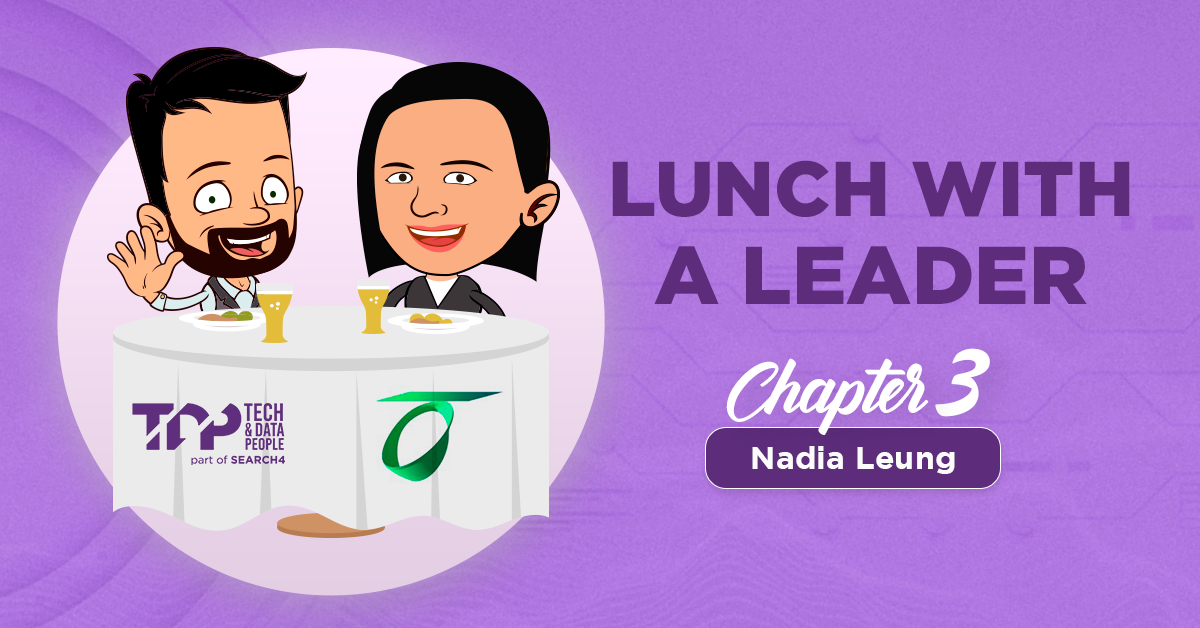Blogs
9 Strategies for Data Leaders to Foster Collaboration
Empowering collaboration: A guide for data leaders

The collaboration between data scientists and engineers is not just beneficial but essential for the success of your data projects. Data leaders have the exciting opportunity to cultivate a culture of collaboration that transcends specific tools and technologies.
Here are nine ways to champion strategic collaboration within your team to drive greater innovation and value.
1. Creating a unified development environment
A common platform is the cornerstone of collaboration. Standardising tools such as Jupyter Notebooks and Docker containers reduces friction and increases productivity. This unified environment also aligns with strategic business goals, ensuring that all team members are working towards the same objectives.
2. Cross-disciplinary training
Cross-training sessions equip data scientists with an understanding of engineering principles and vice versa. This shared knowledge base facilitates better communication and a smoother workflow, directly impacting the quality of AI models and the speed at which insights are generated.
3. Version control and code review for quality assurance
Implementing version control systems like Git ensures that changes are tracked, and code reviews become a part of the process. This practice not only maintains high standards but also serves as a risk management tool, ensuring that the codebase remains robust against potential errors and vulnerabilities.
4. Integrated project management for transparency
Project management tools that integrate with the development environment track progress and maintain transparency. This clarity helps align team efforts with the broader organisational goals and keeps everyone on the same page, which is crucial for managing the change that comes with integrating new collaborative practices.
5. Regular communication to stay aligned
Frequent stand-ups, along with open communication channels, ensure that challenges are addressed promptly, and progress is shared. This ongoing dialogue is key to a cohesive team dynamic and aligns with the strategic direction of data management.
6. Shared metrics and goals for unified direction
Clear objectives and success metrics align both data scientists and engineers toward a common goal. This unity of purpose is crucial for driving projects to successful outcomes and is a strategic imperative for senior data managers. It ensures that the team’s efforts contribute to the quantifiable impact on the organisation’s bottom line.
7. Modular codebase for independent progress
A modular approach to coding allows team members to work independently on different components. This method minimises conflicts and accelerates development, enabling the team to adapt quickly to new challenges and technological advancements.
8. CI/CD practices for rapid iteration
Continuous Integration and Continuous Deployment automate testing and deployment, enabling teams to identify issues quickly and iterate on models rapidly. This necessity in the fast-paced AI landscape also leads to more efficient use of resources, including human capital and computational power.
9. Documentation and knowledge sharing for collective growth
Comprehensive documentation and regular knowledge-sharing sessions are the lifeblood of a learning organisation. They ensure that insights are shared, and the team grows collectively in expertise, preparing the data team for future challenges and tech advancements.
By embracing these strategies, data team leaders can create a fertile ground for innovation where data scientists and engineers work hand-in-hand. Such collaboration not only accelerates the development of data projects but also ensures they are robust, scalable, and aligned with business objectives.
Found this helpful? You may also like our latest Data Analytics & BI Salary Guide for 2024-2025. We explore the latest market trends, salary benchmarking and predictions for the next 12 months to help you make data-driven hiring decisions.











